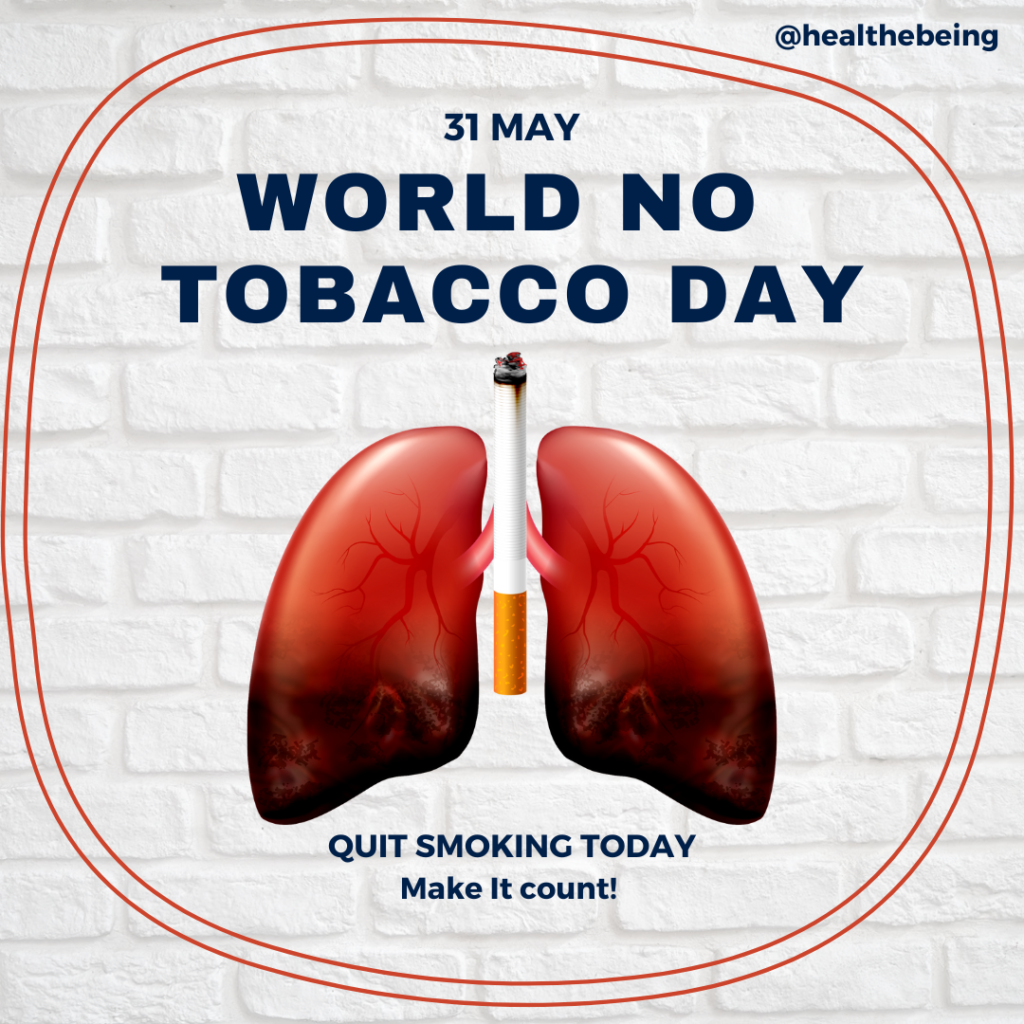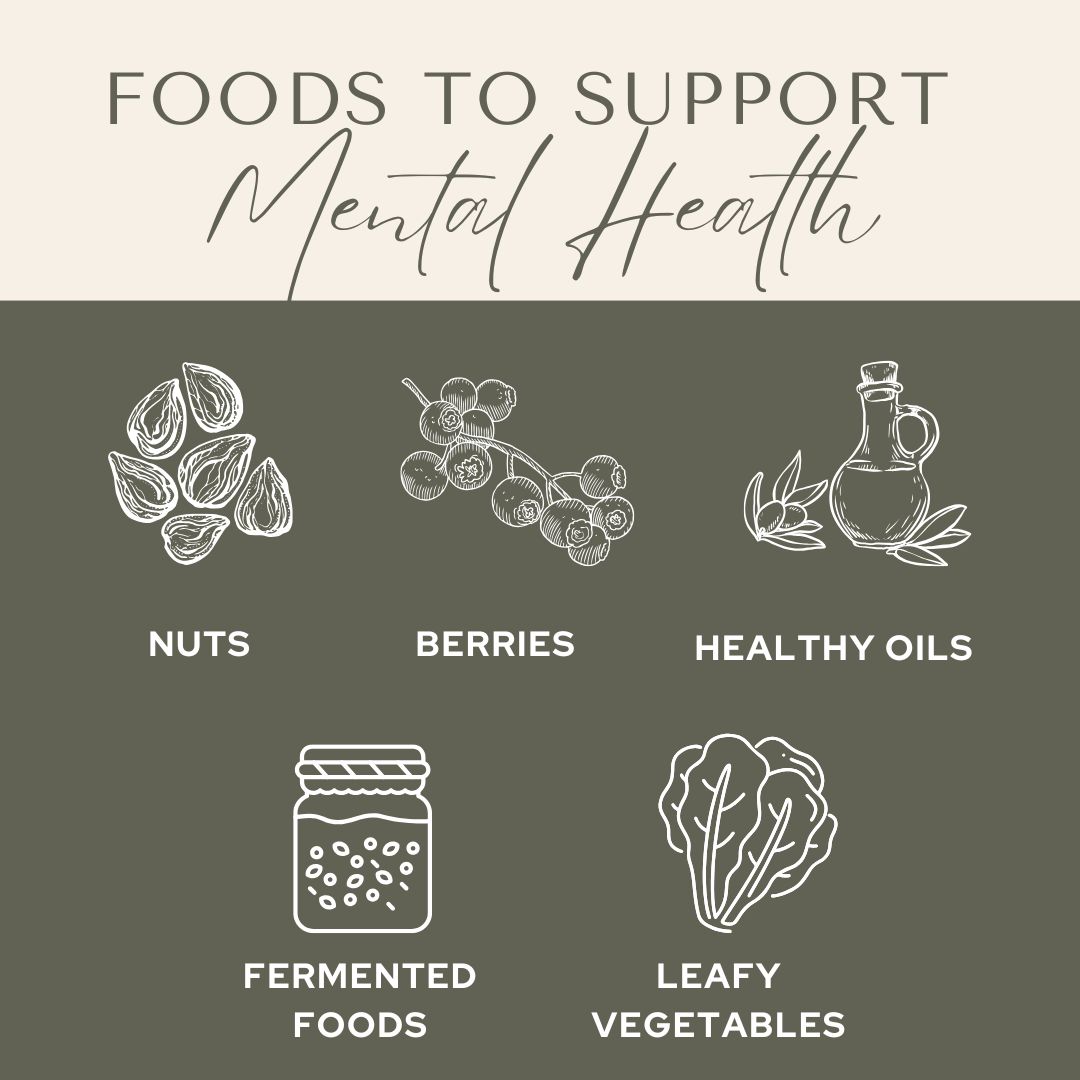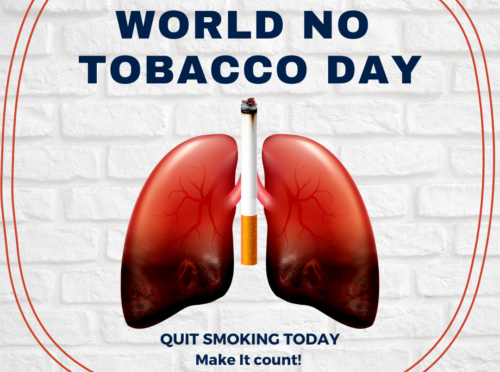Tobacco poses a severe threat to global health, causing millions of deaths and immense societal costs. Tobacco was first discovered by Europeans in 1492 in the Americas when Christopher Columbus and his crew encountered it during their voyage to the New World, where indigenous peoples had been using it for centuries. Its introduction to Europe in the 16th century led to widespread use and eventually to the invention of modern cigarettes in the 19th century. The development of cigarette manufacturing technology in the late 19th century transformed tobacco consumption into a global industry.
Tobacco has been a significant agricultural product and a global trade commodity for centuries. However, its consumption is fraught with severe health risks and societal costs. This article delves into the harmful contents of tobacco, the diseases it causes, and the global efforts to reduce its consumption.
Contents of Tobacco
Tobacco contains over 7,000 chemicals, many of which are toxic and at least 70 are known to cause cancer. Key harmful substances include:
- Nicotine: A highly addictive compound that activates the central nervous system.
- Tar: A carcinogenic substance that forms a sticky layer inside the lungs.
- Carbon Monoxide: A poisonous gas that impedes oxygen transport in the blood.
- Formaldehyde, Ammonia, and Hydrogen Cyanide: Other toxic chemicals found in tobacco smoke.

Causes of Tobacco Consumption
The causes of tobacco consumption are multifaceted, including:
- Addiction: Nicotine addiction is a primary reason for continued use.
- Social and Cultural Factors: In many cultures, smoking is a social activity or a rite of passage.
- Marketing and Advertising: Tobacco companies spend billions on advertising to glamorize smoking.
- Stress and Peer Pressure: Many individuals start or continue smoking to cope with stress or due to peer influence.
Health Problems and Diseases
Tobacco use is a leading cause of numerous health issues, including:
- Cancer: Particularly lung cancer, but also cancers of the mouth, throat, esophagus, pancreas, and bladder.
- Cardiovascular Diseases: Including heart disease, stroke, and hypertension.
- Respiratory Issues: Chronic obstructive pulmonary disease (COPD) and emphysema.
- Other Conditions: Such as diabetes, weakened immune system, and reproductive issues.
Global Tobacco Trade
Biggest Producers of Tobacco
- China: The largest producer of tobacco leaves.
- India: A leading producer with significant domestic and export markets.
- Brazil: Known for its high-quality tobacco and large-scale production.
Biggest Exporters:
- Brazil: The largest exporter of tobacco.
- India: A significant player in the global tobacco market.
- United States: Also a major exporter despite declining domestic consumption.
Biggest Importers:
- China: The largest consumer and importer of tobacco.
- European Union: High consumption rates in various member countries.
- Japan: A significant market for imported tobacco products.
Impact on Humans
The human toll of tobacco use is staggering. It causes over 8 million deaths annually worldwide. Smokers are at a higher risk of developing a wide range of debilitating diseases, leading to reduced quality of life and increased healthcare costs. Second-hand smoke also poses serious health risks to non-smokers, including children and pregnant women.
Quitting Tobacco: Help and Resources
Quitting tobacco is challenging due to nicotine addiction, but numerous resources are available:
- Nicotine Replacement Therapy (NRT): Includes products such as patches, gum, and lozenges.
- Medications: Prescription drugs such as varenicline (Chantix) and bupropion (Zyban). It is suggested to always consult your doctor before taking any medicine.
- Counselling and Support Groups: Behavioural therapy and support from organizations.
- Digital Resources: Apps and online programs designed to help people quit smoking.
Worldwide Research and Statistics
The World Health Organization (WHO) reports that tobacco is responsible for the Deaths of up to Half of its Users.
Extensive research has been conducted on tobacco use and its impact. Efforts to reduce tobacco use have led to a decrease in smoking rates in many countries, but the overall global burden remains high. Various international treaties, such as the WHO Framework Convention on Tobacco Control (FCTC), aim to reduce tobacco consumption through policy measures.
Raising Awareness and Reducing Consumption
Efforts to reduce tobacco use include:
- Public Education Campaigns: Highlighting the dangers of smoking.
- Legislation: Implementing smoking bans, advertising restrictions, and plain packaging laws.
- Taxation: Higher taxes on tobacco products to reduce affordability and consumption.
- Support Programs: Accessible cessation programs and resources for those looking to quit.




Leave a Reply